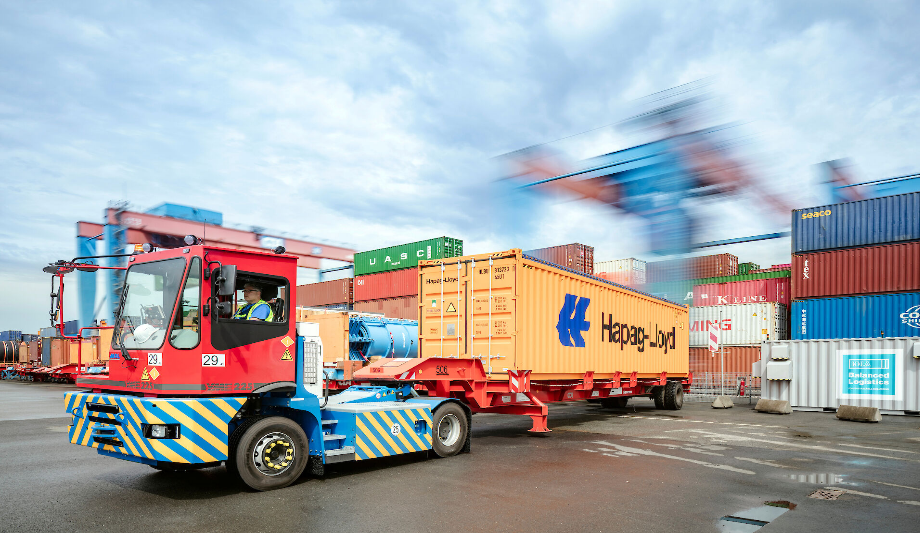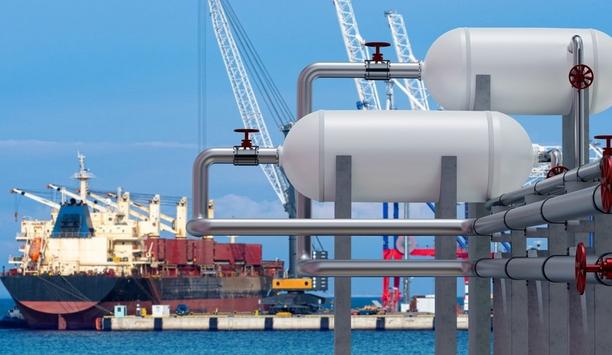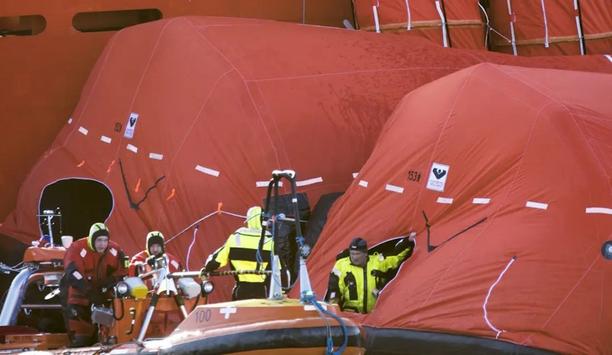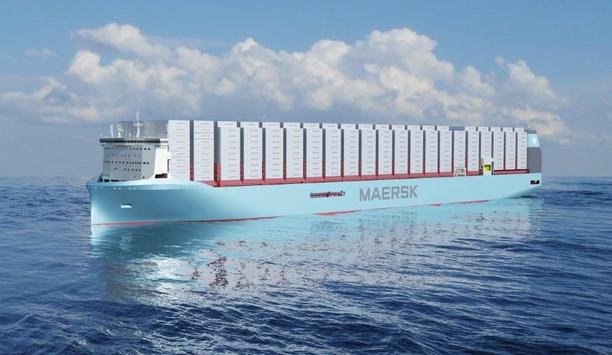The electrification of HHLA Container Terminal Altenwerder (CTA) is entering its final round. In the future, the tractor units deployed on the journeys between block storage and the container rail terminal or the empty depot will be driven by battery power.
In order to further reduce CO₂ emissions at CTA, seven new battery-powered tractor units have been ordered and will replace the previously used equipment that runs on diesel. This terminal process will therefore emit no CO₂, nitrogen oxide or particulate matter in the future.
During the course of its expected life cycle, the new electrified equipment will save nearly 3,000 tonnes of CO₂ compared with the diesel machines. Operations at CTA have already been climate-neutral since 2019, and were just recertified by TÜV Nord this year.
A positive experience
“We have been testing a battery-powered tractor unit in operation at CTA since 2021. The vehicle has proven to be successful in tests conducted in regular operations,” reports Finja Below from CTA Terminal Development.
As a result of the positive experience, seven additional tractor units were ordered and a corresponding charging infrastructure is currently being established.
The tractor units supplement the container gantry cranes as well as the rail mounted gantry cranes in the block storage area and in the rail terminal which are already powered by green electricity. The automated guided vehicles (AGVs), which take over transport between the ships and the container yard, will be completely converted to battery power by 2023.
The project is support
The project is supported by the German Federal Ministry of Transport and Digital Infrastructure
The project is supported by the German Federal Ministry of Transport and Digital Infrastructure within the scope of the directive on the promotion of light and heavy commercial vehicles with alternative, climate-friendly drives and the associated tank and charging infrastructure (KsNI).
The funding guidelines are coordinated by NOW GmbH and applications are approved by the Federal Office for Goods Transport.










